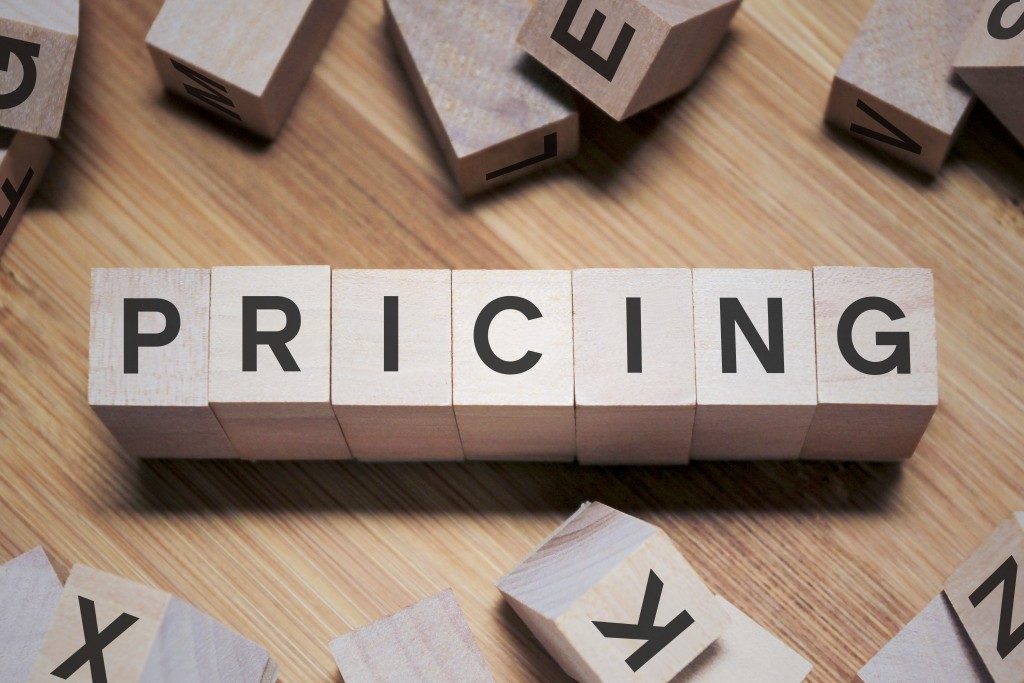One of the five P’s of a successful business, along with product, place, people, and promotion, is the price. Putting reasonable tags on your offerings can attract customers, drive sales, and increase your profit margin, and generate tons of revenue.
Many factors must be considered to price your products and services at the right points, for it is not a guessing game. Subscribing to a price tracking tool helps in monitoring the competition, but it is a futile endeavor without using a well-thought-out pricing strategy.
For starters, below are the most common strategies that proven to push businesses of sizes and from all industries to profitability.
-
Penetration Pricing
The logic behind it is to entice buyers and draw consumer attention away from your competitors. Market penetration pricing involves offering goods at unbelievably low rates for the sake of increasing brand awareness.
Yes, this strategy is going to result in losses initially, but you can raise your prices incrementally after your business successfully gains a foothold in your field.
-
Economy Pricing
It is best used on no-frills goods marketed to price-conscious consumers. To avoid hurting your profit margins, reducing your production and marketing costs matters. This strategy, however, poses more risks to smaller enterprises than larger businesses since the former of which has fewer resources.
-
Price Skimming
This strategy is the common practice of tech companies. They price products high to maximize profits on early adopters during the introductory phase. The prices eventually go down so that the goods can become within reach of more consumers.
-
Psychology Pricing
It is employed by marketers who want to appeal to emotion rather than logic. Perception is the bedrock on which psychology pricing is based.
For instance, you are likely to generate more sales on products and services with price tags ending in odd digits than those in even numbers. This is why goods become more attractive when they retail at 99 cents instead of $1. Businesses discovered such odd-numbered pricing sweet spots decades ago, and studies show that they continue to work in the 21st century.
-
Premium Pricing
Setting rates high for newly launched or unique goods is a fast way to a consumer’s wallet. An outrageously high price tag can produce value perception, making a product or service seem better psychologically. Of course, premium-priced offerings also need to meet high expectations, so businesses can continue offering them at such rates.
-
Tiered Pricing

This strategy is ideal for products that come at different options that vary in value. A good case in point is a smartphone available in numerous models, each costs less than the next due to limitations in features.
-
Bundle Pricing
An effective trick to compel consumers to buy is to sell many items rolled into one at a lower rate than that of what each costs individually. This is the go-to strategy to move unsold goods.
Not all pricing strategies work for every business. Take a 360-degree look at your company and calculate the risks to determine which ones are viable to use to meet your goals.







